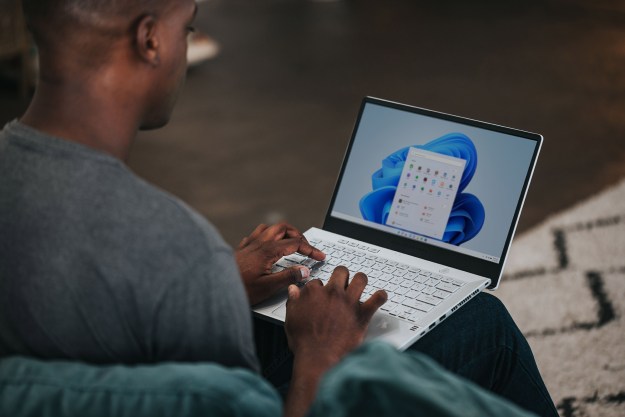
The National Security Agency (NSA) has ramped up its collection of digital facial images in the past four years, according to The New York Times, which cites documents from 2011 leaked by Edward Snowden. The intelligence agency is using software to glean “millions of images per day,” hoping to plug into the fire hose of photos included in emails, text messages and social media outlets, among other channels of digital communication.
Of those images, the NSA collects about 55,000 “facial recognition quality images,” which it says will add to its repository of identifying information (e.g., fingerprints) to track down suspected terrorists and other “targets of interest.”
An agency spokeswoman said the NSA didn’t have access to photos residing in state databases of driver’s licenses or passport photos of Americans, though she declined to say whether it had access to State Department photos of foreign visa applicants. She also declined to say whether the NSA collected images of Americans from Facebook and other social media.
There’s no telling how many people around the world have had images of their faces harvested by the NSA, according to the Times report. It’s also worth noting that neither federal privacy laws nor surveillance laws provide protections for facial images.
The NSA isn’t alone in its gathering of facial images. Back in April, the FBI released documents revealing it was building a biometric database that includes facial recognition data and may have records on up to a third of the U.S. population. Meanwhile, state and law enforcement agencies are leveraging driver’s licenses and Facebook for facial imagery (not to mention special mobile cameras), and the State Department may have the biggest facial imagery database in the federal government.
Not to be left out, the Department of Homeland Security is piloting projects at police departments to match suspects with faces in a crowd. But what makes the NSA’s endeavor unique, according to the Times report, is its ability to link facial images with private communications.
Joseph Atick, considered a pioneer in modern face recognition, recently expressed concern that the technology could open the door to mass surveillance. He said this application of face-matching technology would rob everyone of their anonymity and restrict people’s normal behavior when they leave their homes.
[Image courtesy of rangizzz/Shutterstock]


